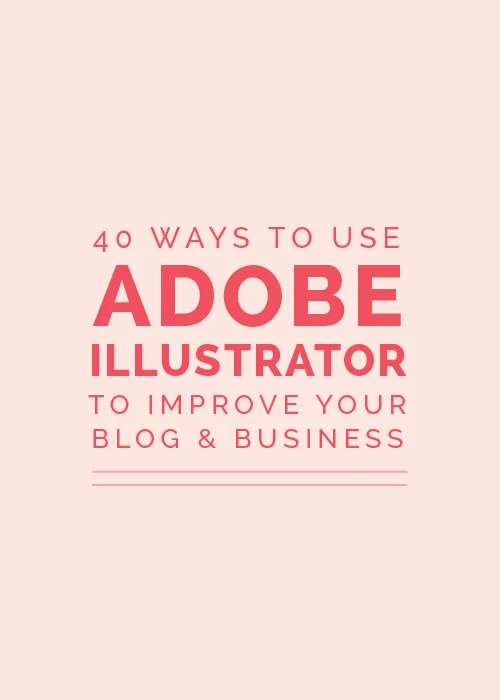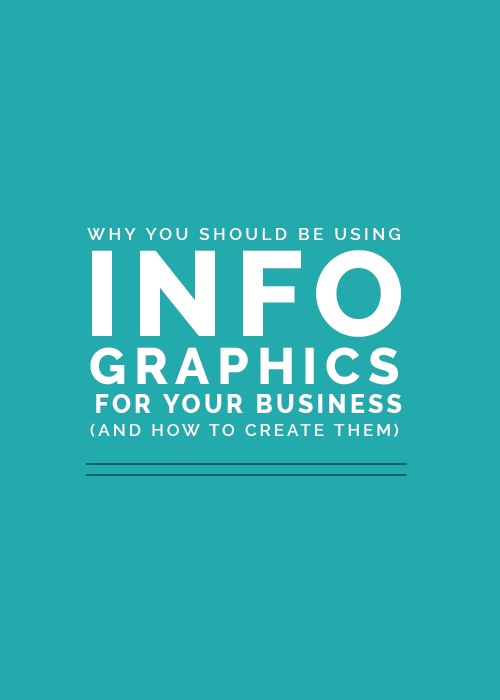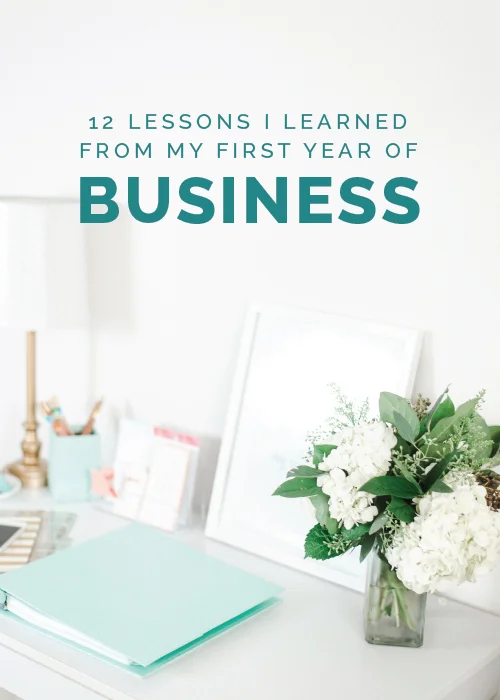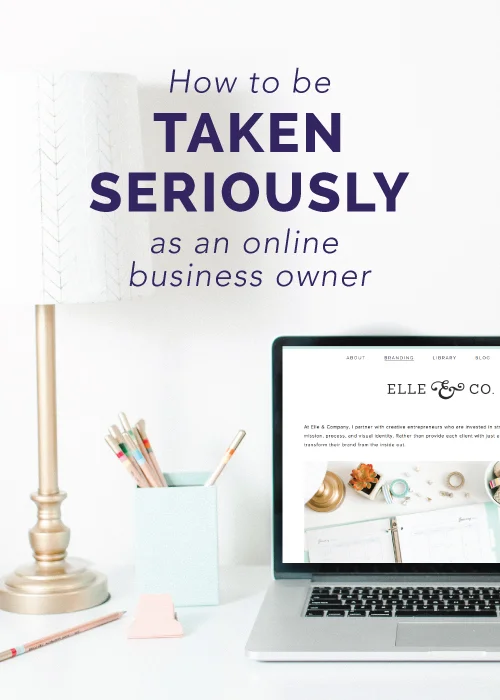It's hard to believe it's been a little shy of a year since I started this venture. So much of these past 12 months has been spent finding my niche, streamlining my creative process, building client relationships, brainstorming original content, and partnering with other creative entrepreneurs. It's been the most rewarding whirlwind! Today I'm sharing the 12 largest lessons I've learned from this crazy ride that's been my first year in business.
How to be Taken Seriously as an Online Business Owner
"What exactly do you do?" It's a question that I'm asked frequently, and as an online business owner I have trouble explaining exactly what I do without getting some confused looks. I've had people question whether I can create a real, sustainable income off of my online design business, which always leaves me frustrated and a little defensive. Explaining the world of blogging and online business to those who aren't familiar with this industry isn't easy, and I'd be willing to bet that I'm not the only one who has faced this challenge. So after numerous awkward conversations about my business, I've come up with a plan. Here are 3 simple tips and a few helpful facts for next time (because there will be a next time).
How Almost Getting Sued Helped My Business
4 Productive Insights on Competition and Comparison
My husband reads Entrepreneur.com like most people check Instagram. He often comes across helpful reads and sends them my way, and the majority of them have given me great tips and insight on running my business. One article in particular has changed the way I approach a common obstacle in the day-to-day operations of business and blogging: handling competition.
Top 10 Design Mistakes to Avoid
You've probably heard the popular quote "creativity is allowing yourself to make mistakes." Or perhaps you've heard "mistakes are proof that you are trying" or "every mistake can create a beautiful solution." While there is an element of truth in each of those sayings, it's wise to be well-informed and intentional about design if you're a blogger or a business owner. Visual mistakes have the potential to make you appear unprofessional and untrustworthy to your audience.
Today I rounded up my top 10 design mistakes that everyone should be aware of. While some of these rules have been broken and the result wasn't terrible, it's best to be educated on why these mistakes are bad and make them on purpose instead of by accident.
My Branding Field Guide

Create a streamlined visual brand with my free Branding Field Guide!
1 | Comic Sans
This is the number one no-no among graphic designers. Comic Sans is never ever ever a good idea. Why? Read this entertaining article.
2 | Too many typefaces
Using too many typefaces in a logo, website, etc. can make a design appear busy, non-cohesive, and unprofessional. Play it safe and stick to the KISS principle on this one; settle on 2-3.
3 | Lack of hierarchy
Hierarchy determines which items you see first in an image. Designers pay attention to hierarchy and use it to their advantage by varying the size of their fonts (titles and headers should always be more prominent than body text), using color wisely (pops of color draw attention to text and images that should stand out), and paying attention to shapes (which give a design movement and lead your eyes around the design). The use of several different fonts, colors, and shapes have the potential to mess with hierarchy, resulting in an image that is visually displeasing and complicated.
4 | No Contrast
Contrast also helps with hierarchy. A lack of contrast can alter legibility and make an image appear washed out and undefined. A mix of both light and dark colors creates balance.
5 | Dizzy color pairings
When objects with similar color values are placed near one another, it can sometimes have a dizzying, vibrating effect. Use contrast and be cautious of color pairings, especially when you are layering colors on top of each other.
6 | Lack of negative space
The negative space around an object is often just as important as the object itself; it provides a cushion and a place for your eye to rest. Avoid cramming objects and text into a design and be aware of the entire composition, not just the main components. Check out these 25 clever and creative uses of negative space!
7 | Centered paragraph text
Large amounts of text should never be center aligned. It alters legibility, making text harder and more frustrating to read.
8 | Failing to align objects/no grid system
Haphazardly placing objects on a page without rhyme or reason is never a good idea; it has the potential to make a design seem random and unintentional. Use a grid system and align objects to create order.
9 | Using display fonts as text fonts
Again, this is a legibility issue. Script, hand-drawn type, and other display fonts should be used for headers and small amounts of text. It's always a good idea to use a simple font for large groups of text.
10 | Upside down text
It's simply hard to read. Don't do it.
My Branding Field Guide

Create a streamlined visual brand with my free Branding Field Guide!
It's your turn! What are some of your biggest design pet peeves?









































